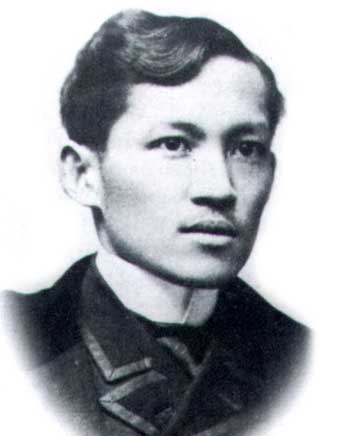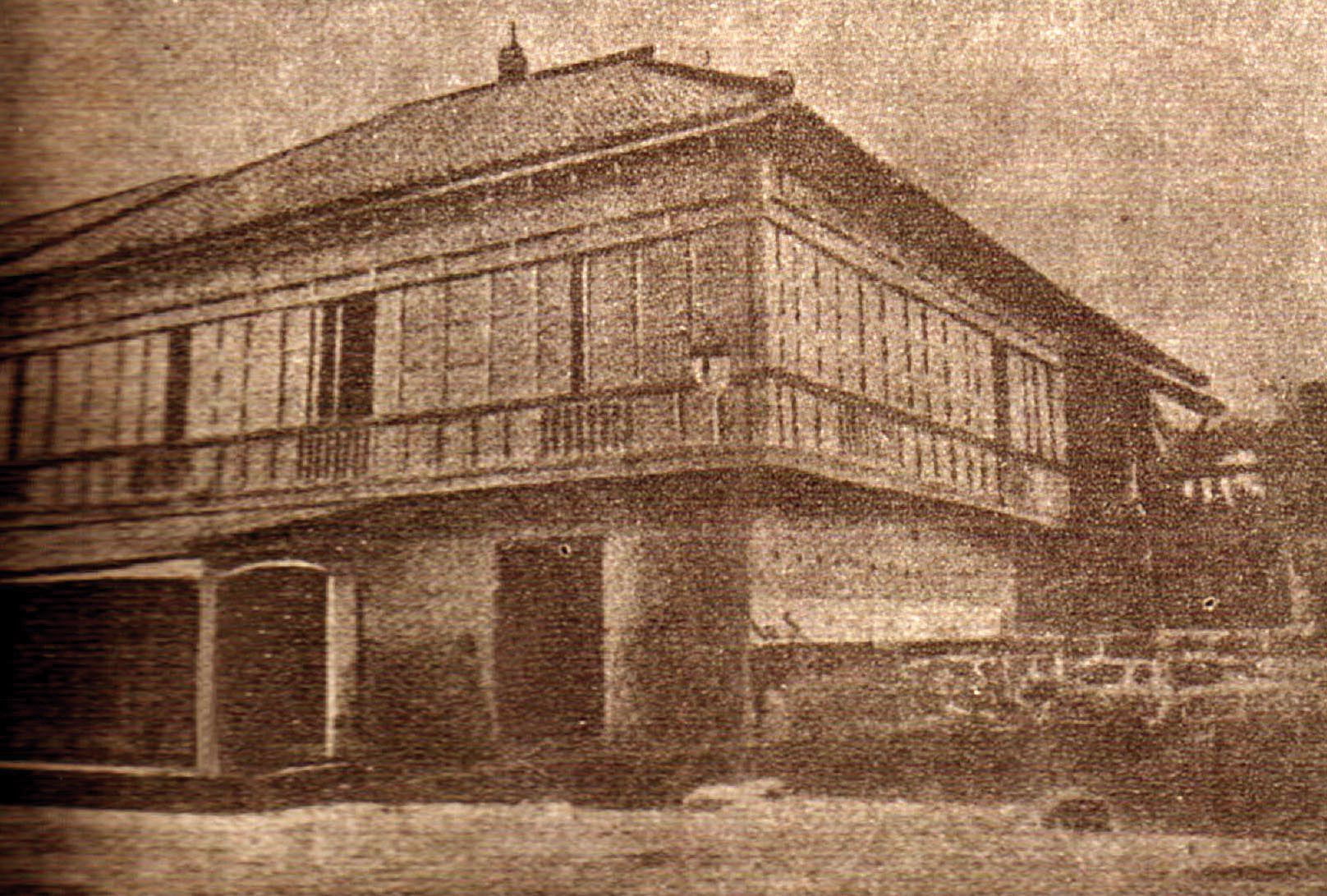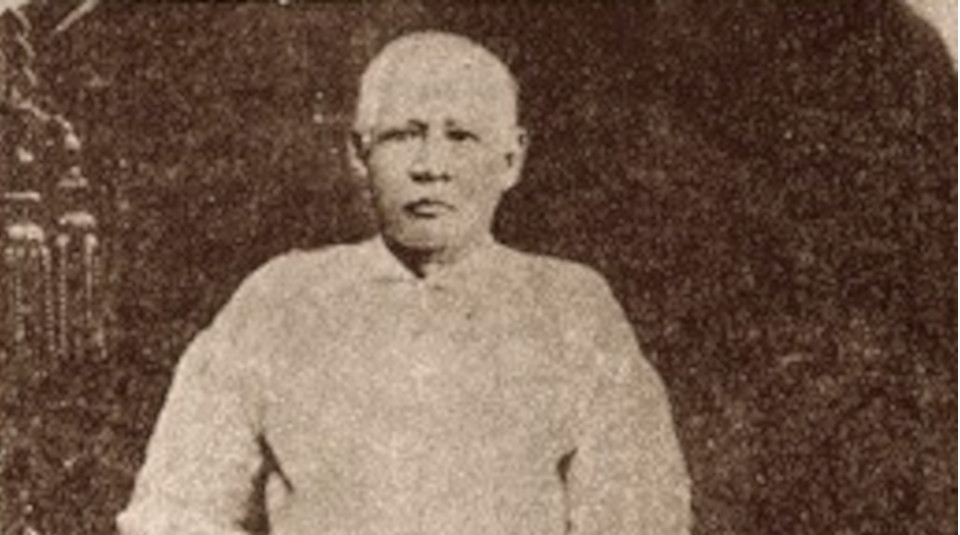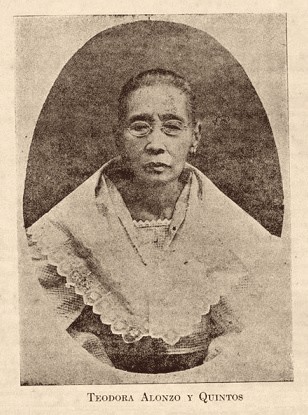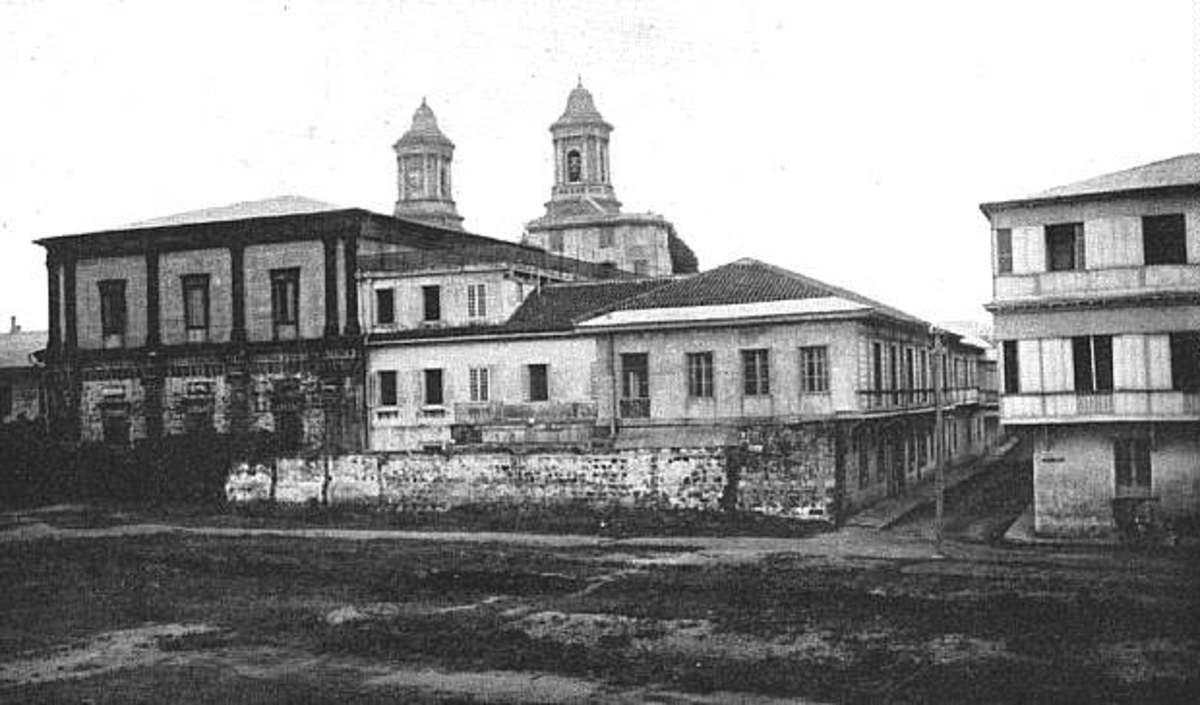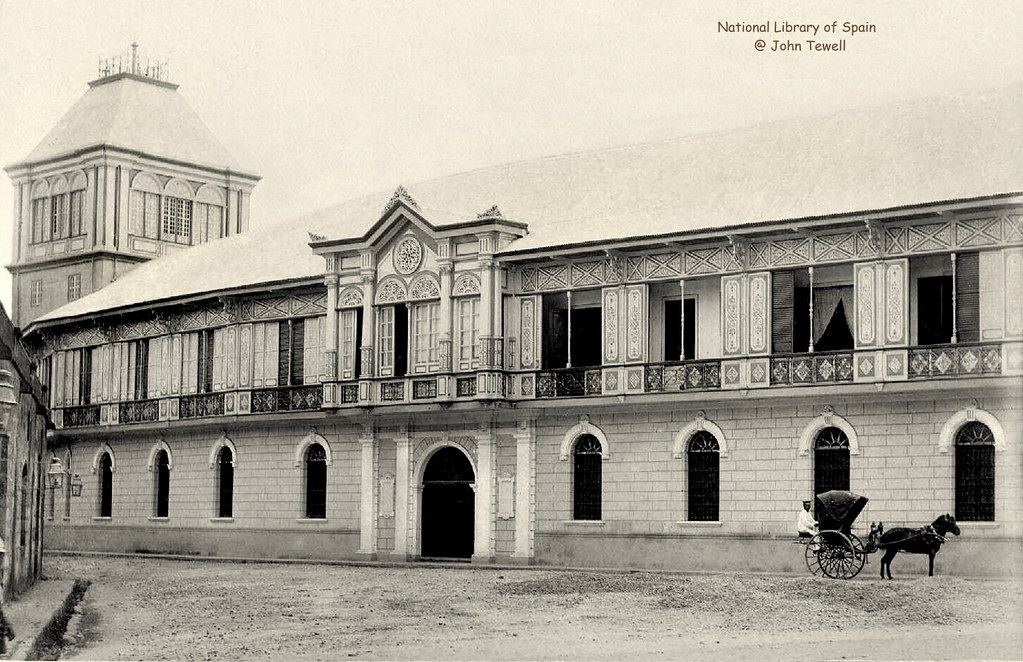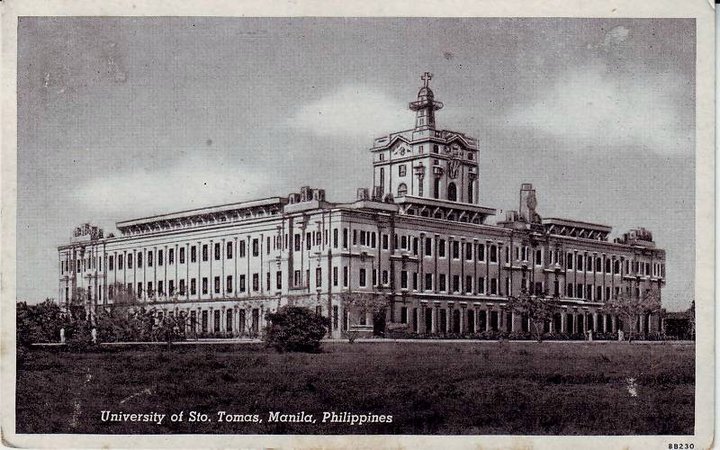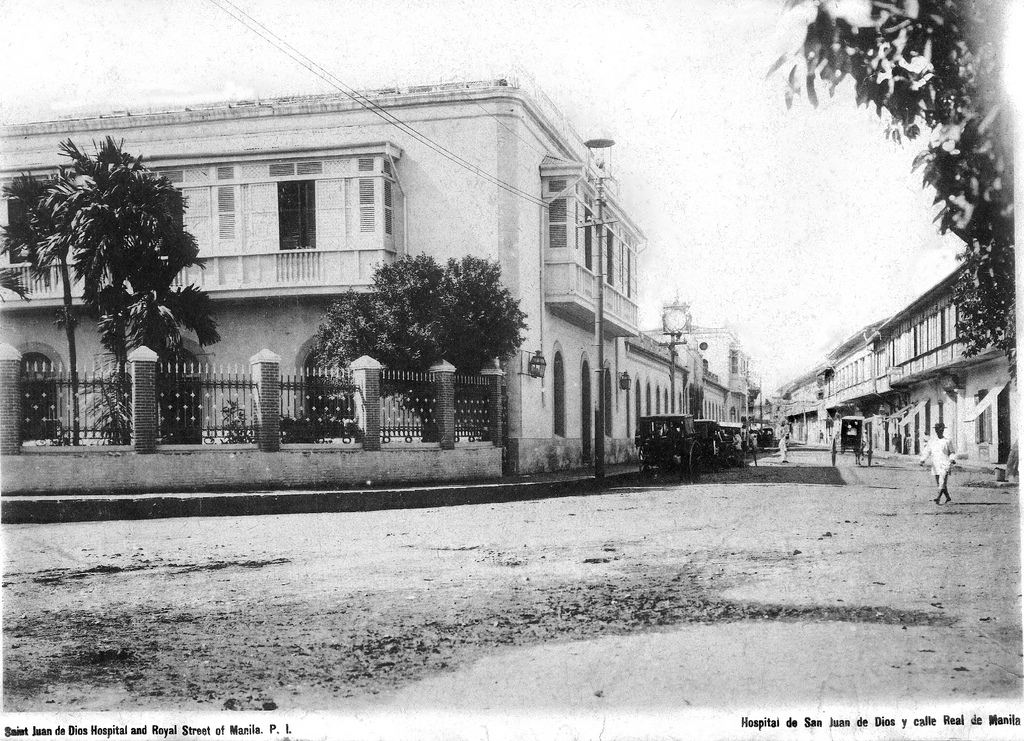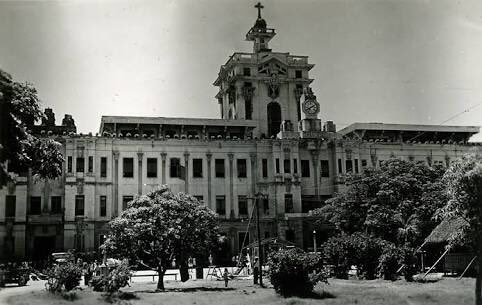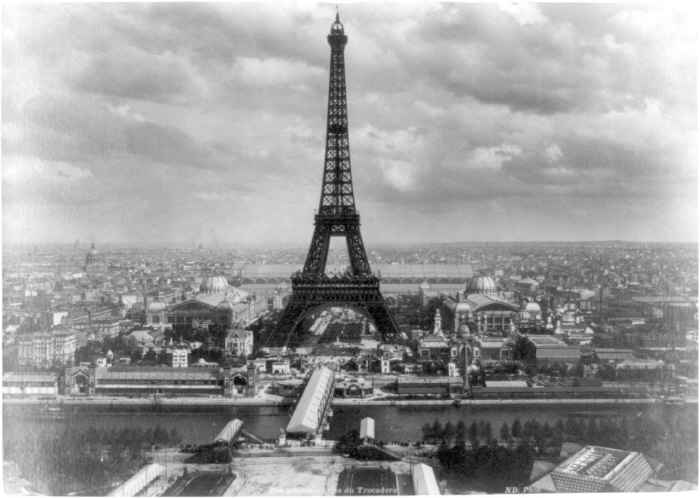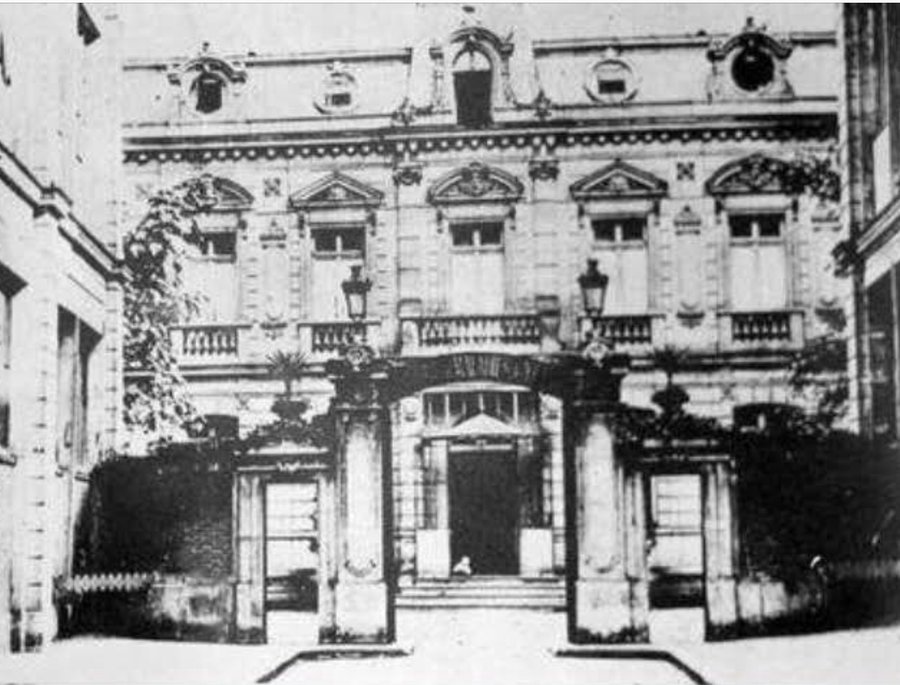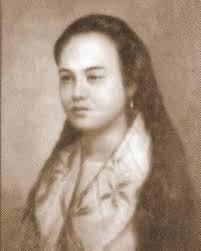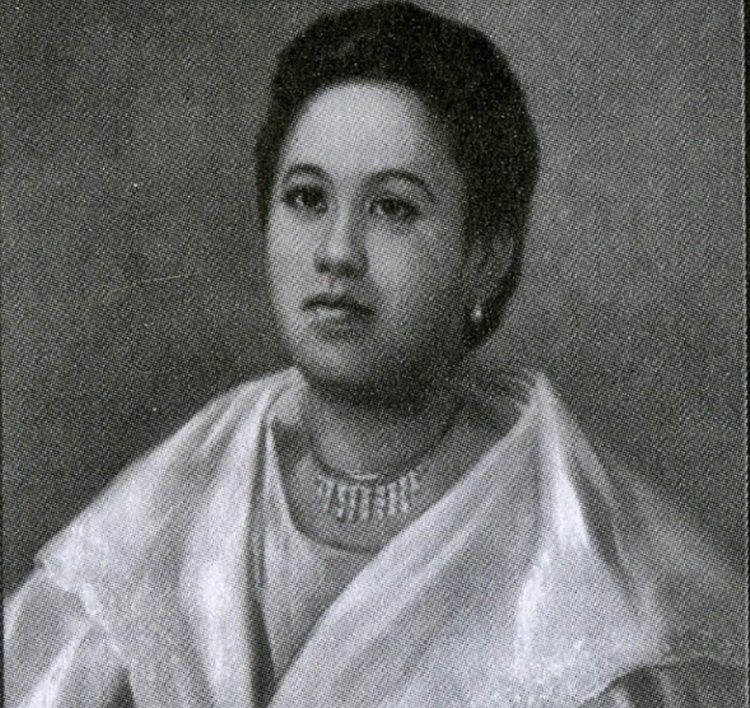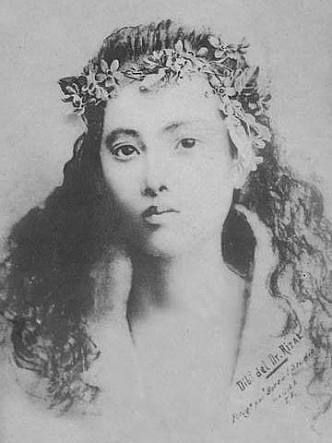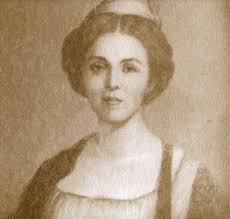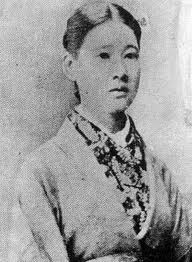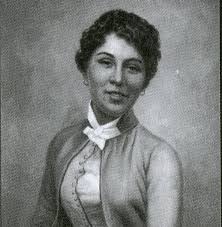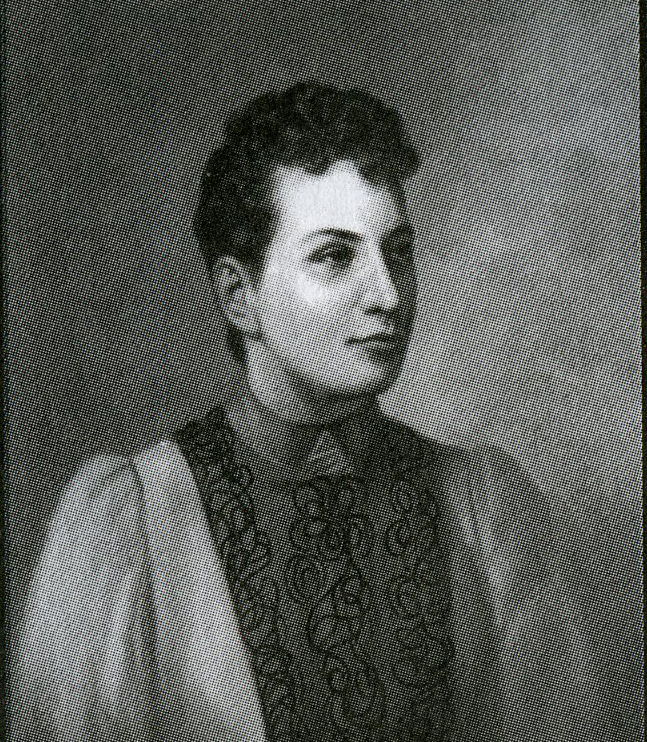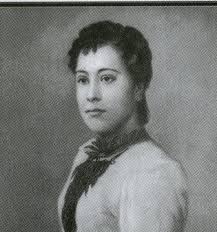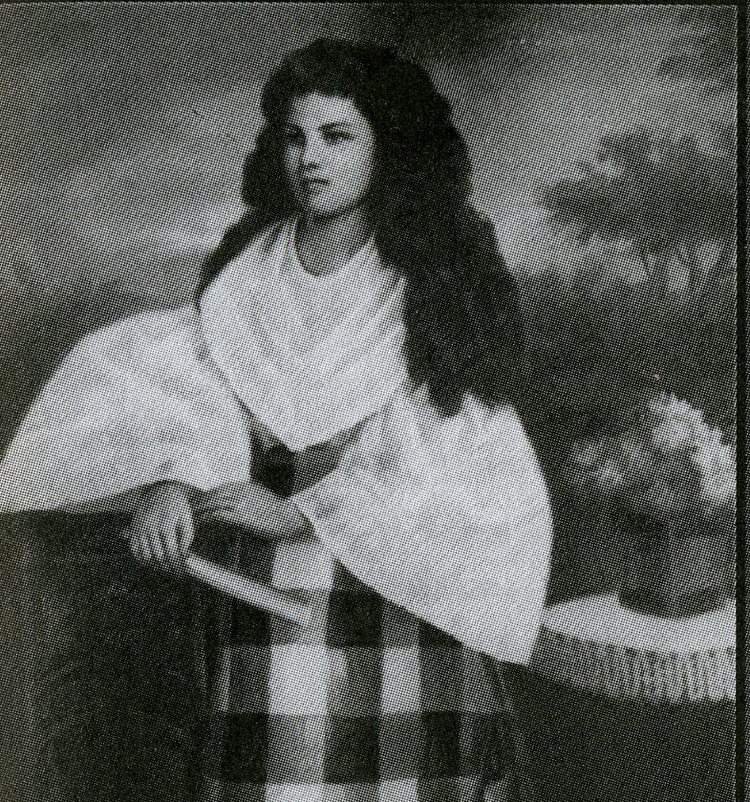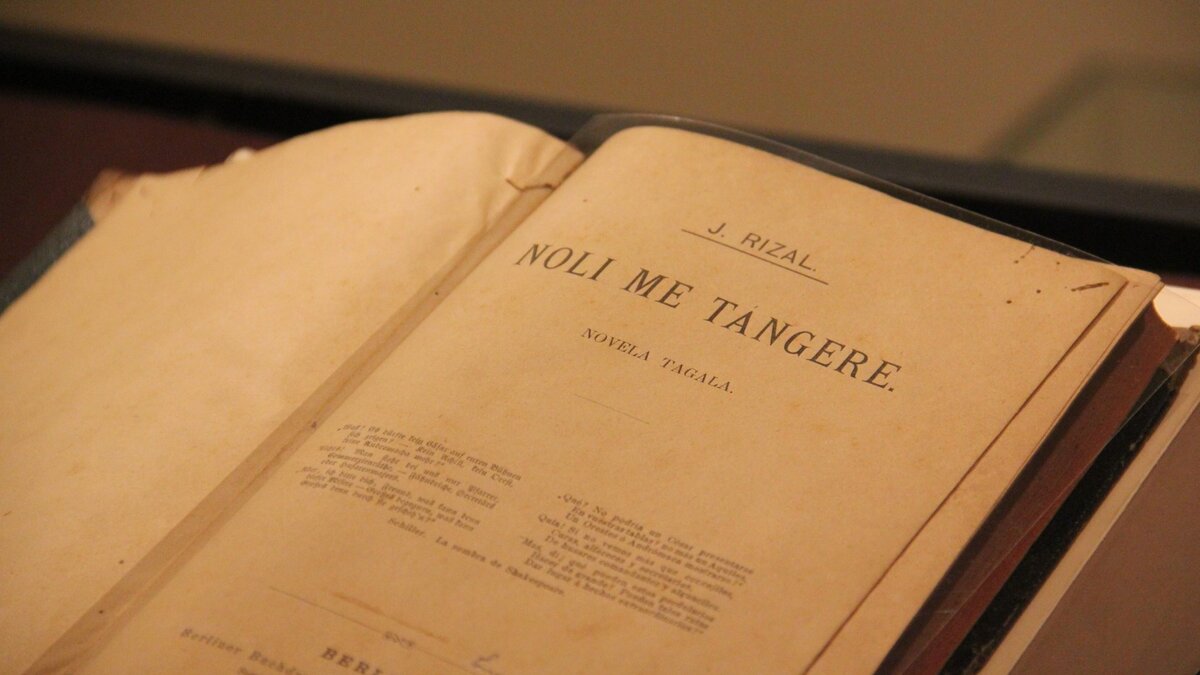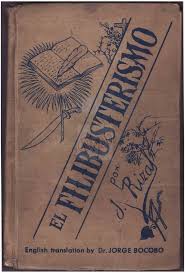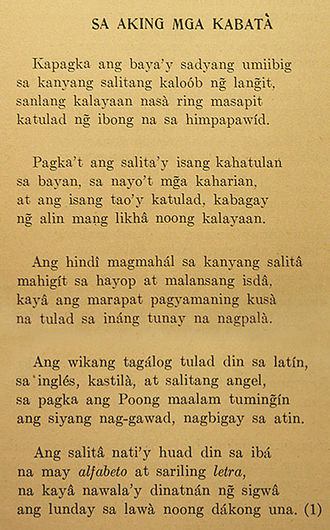Leonor Valenzuela
Leonor "Orang" Valenzuela, Rizal's second object of affection, is literally the girl-next-door. They met when Rizal was a sophomore medical student at the University of Santo Tomas, during which time he also lived at Doña Concha Leyva's
boarding house in Intramuros, Manila. Orang, who was then 14 years old, was his neighbor.
During the courtship, Rizal was said to have sent Leonor private and secret love letters, which he wrote using invisible ink made with water and salt - he was adept in chemistry, too. To read the letters, Orang had to heat the letter over a candle or a lamp.
Rizal also frequented the Valenzuelas' home, which was a hang out place of the students in the area.
There are, however, documents that may serve as proof that Rizal's efforts were not effective. Some accounts say he was courting Leonor Valenzuela and his second cousin Leonor Rivera at the same time - thus the need for invisible letters Rivera apparently knew of this and gave way to Rivera's
attraction for Rizal. When Rizal left for Spain in 1882, it was said that he did say goodbye to Orang, but kept in touch with the help of Rizal's close friend, Jose "Chenggoy" Cecilio.
Chenggoy was the ultimate teaser - and maybe wingman? - who was amused with the "rivalry" of the namesakes. On one of Chenggoy's letters to Rizal, he wrote:
"...nagpipilit ang munting kasera (Leonor Rivera) na makita si Orang, pero dahil natatakpan ng isang belong puti, hindi naming nakilala nang dumaan ang prusisyon sa tapat ng bahay. Sinabi sa akin ni Orang na sabihin ko raw sa munting kasera na hindi siya kumakaribal sa pag-iibigan ninyo. Que gulay, tukayo,
anong gulo itong idinudulot natin sa mga dalagang ito!"
Lest it be forgotten, while he was pursuing the two Leonors, Rizal was in Europe taking courses in medicine at Univesidad Central de Madrid and painting at Real Academia de Bellas Artes de San Fernando in Calle Alcala. Maybe he still had time on his hands?
